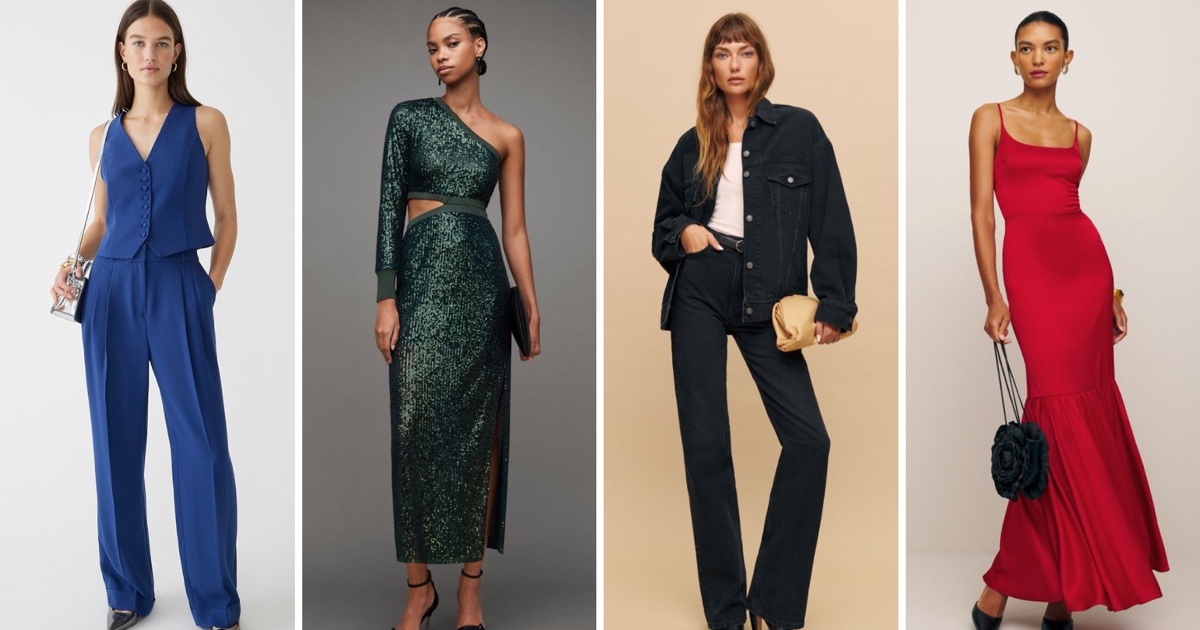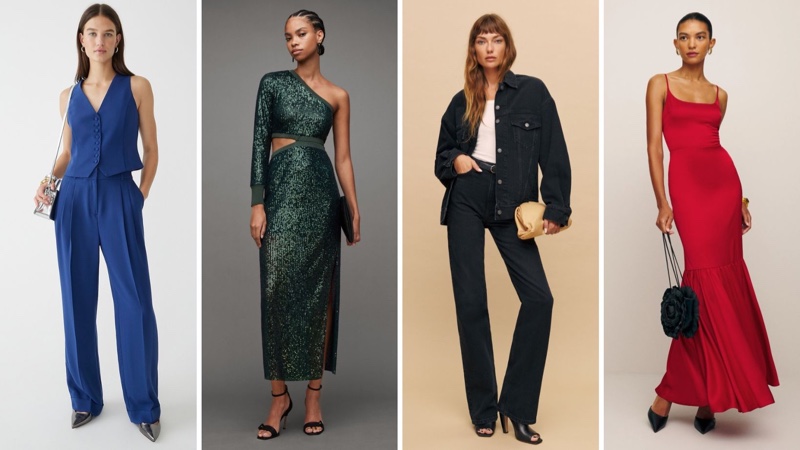
Whether you’re attending a job interview, a wedding, or a casual gathering, understanding the different types of dress codes is essential for making a positive impression. Explore the world of dress codes, why they are important in different settings, and how to style your outfit for various occasions.
From short cocktail dresses to professional blazers, there is a vast array of looks to wear. Regardless of the dress code, there’s always an opportunity to dress with style.
Types of Dress Codes
Casual Attire: Comfort Meets Style
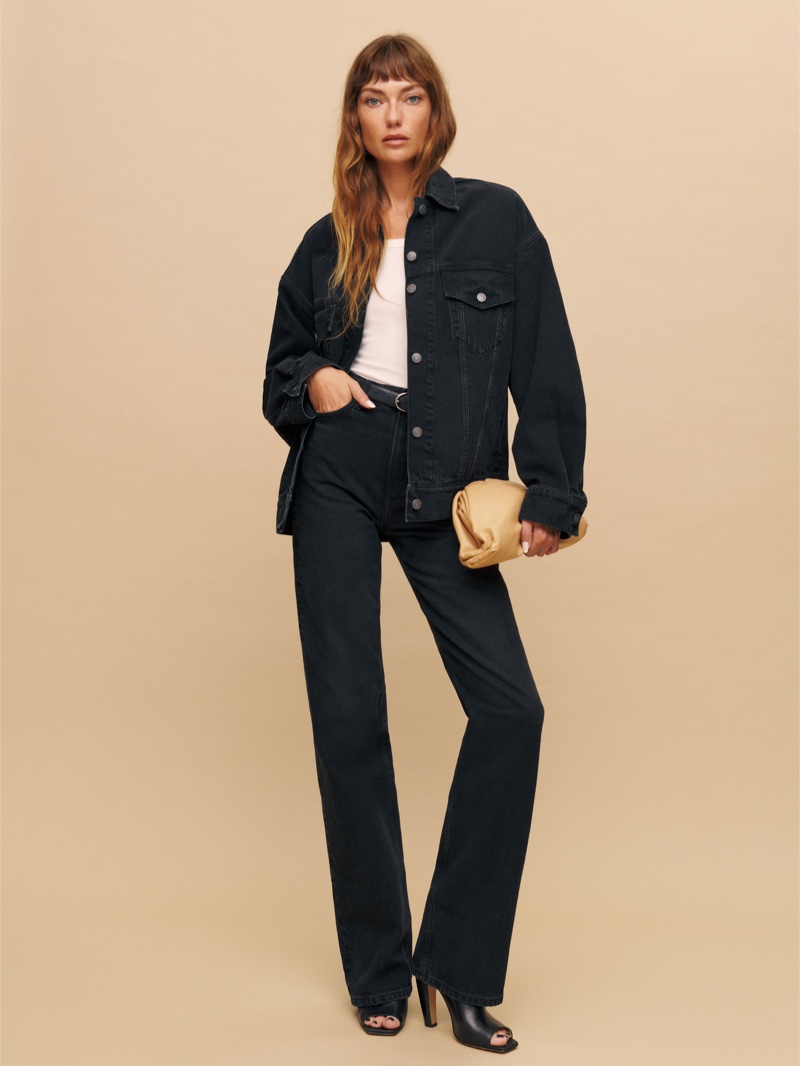
In the world of dress codes, casual attire stands out for its blend of comfort and personal expression. This dress code is the most relaxed, offering many options that prioritize ease and individuality.
Casual wear is synonymous with everyday clothing. You might choose it for running errands, casual social gatherings, or a relaxed day at home.
Key Pieces
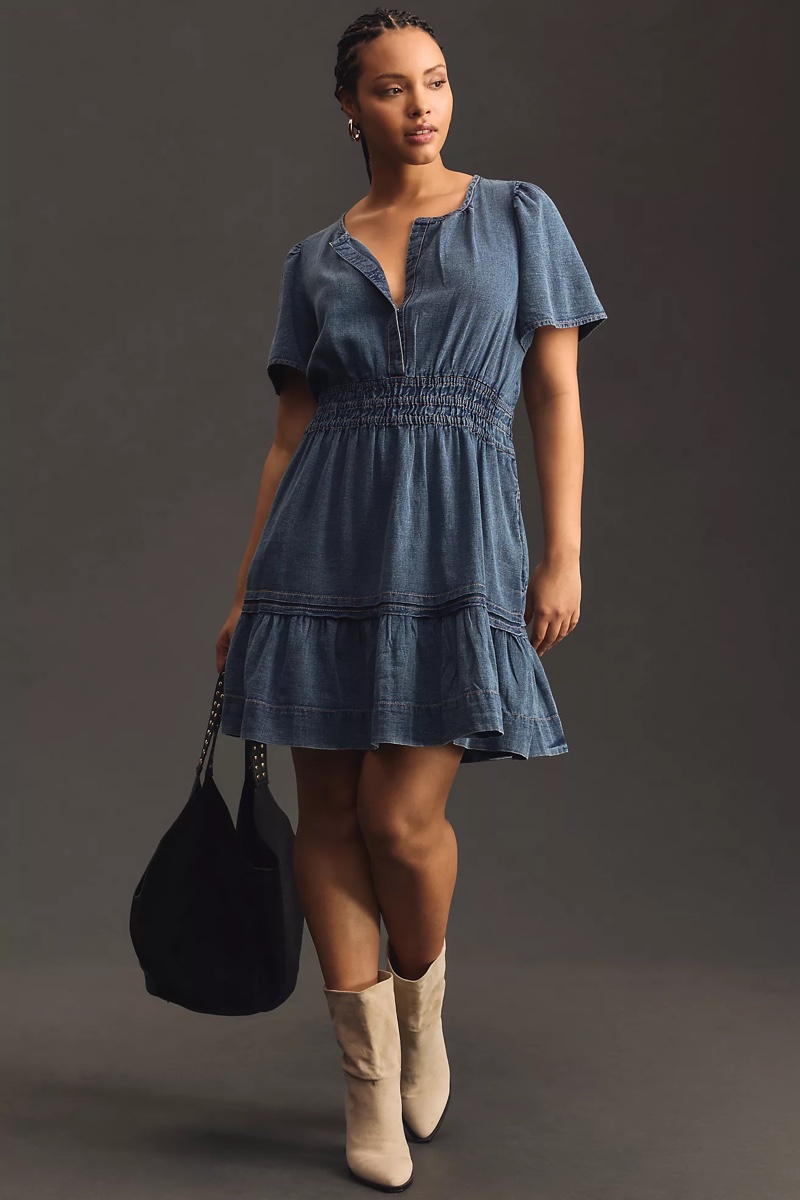
- Tops: Think T-shirts, casual blouses, or comfortable sweaters. These can range from graphic tees to simple, solid-colored tops.
- Bottoms: Jeans are a staple in casual attire, along with other relaxed options like leggings, shorts, or casual skirts.
- Dresses: Casual dresses include sundresses, shirt dresses, or any other comfortable, non-formal dresses.
- Footwear: Sneakers, flats, sandals, or boots that prioritize comfort are ideal.
Styling Tips
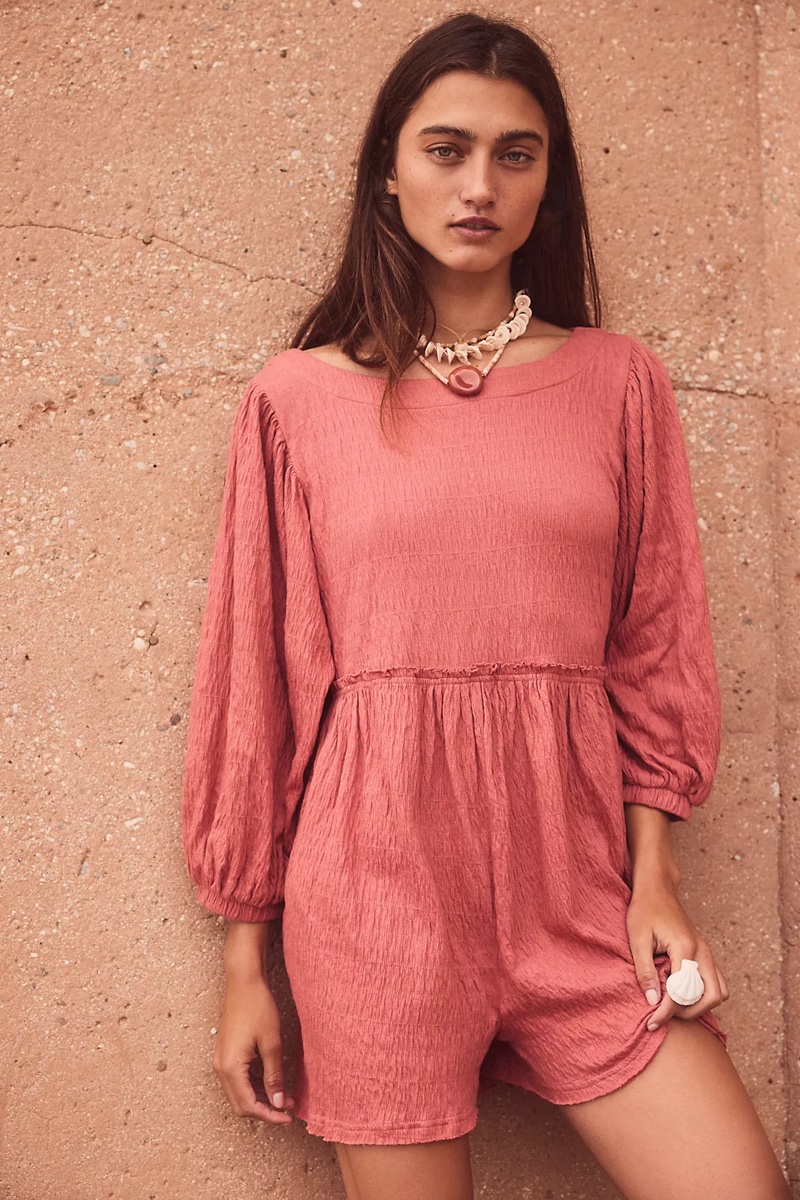
- Layering: A denim jacket or a cozy cardigan can add style and practicality.
- Accessories: Use playful jewelry, a casual watch, or a simple leather handbag.
- Color & Pattern: Casual wear is an excellent opportunity to play with colors and patterns without worrying about being too loud or bold.
Smart Casual: Fashionably Professional
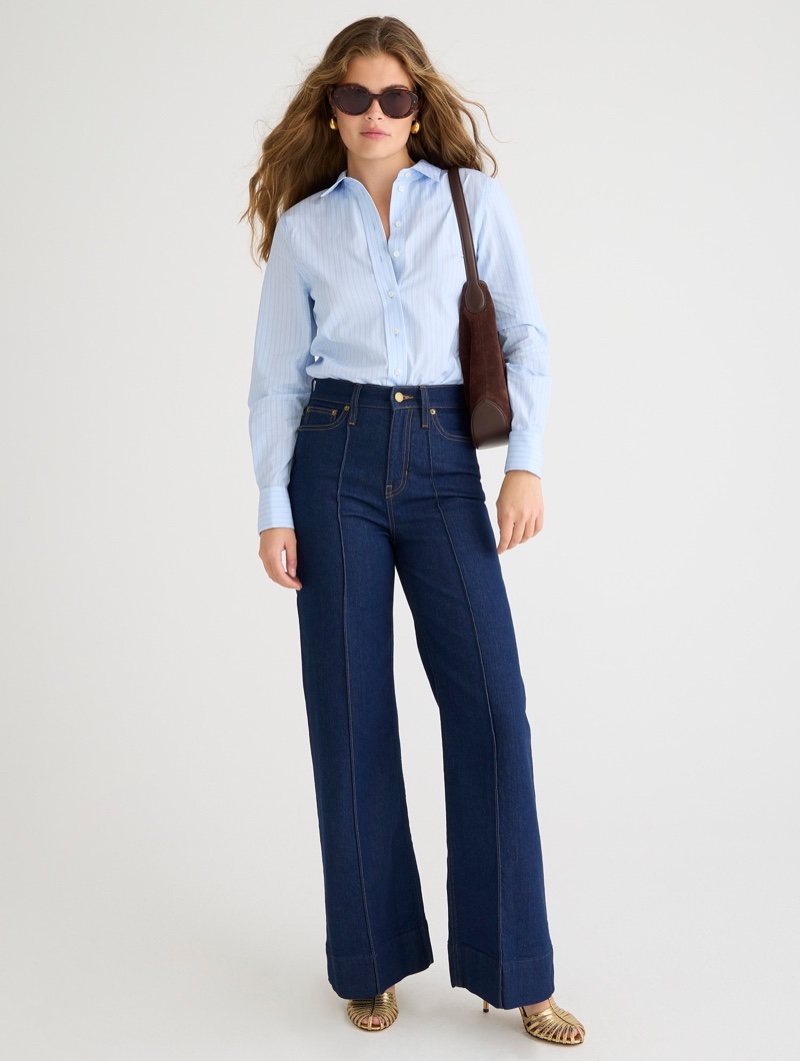
Smart casual is a step above casual, requiring more thought and refinement, yet it retains an element of ease. It’s the perfect balance for occasions that call for a neat appearance without the formality of business attire.
This dress code bridges the gap between casual and formal. It’s about looking put-together and stylish yet not overly formal. Smart casual is ideal for business lunches, casual office environments, or dinner at a nice restaurant.
Outfit Ideas for Smart Casual
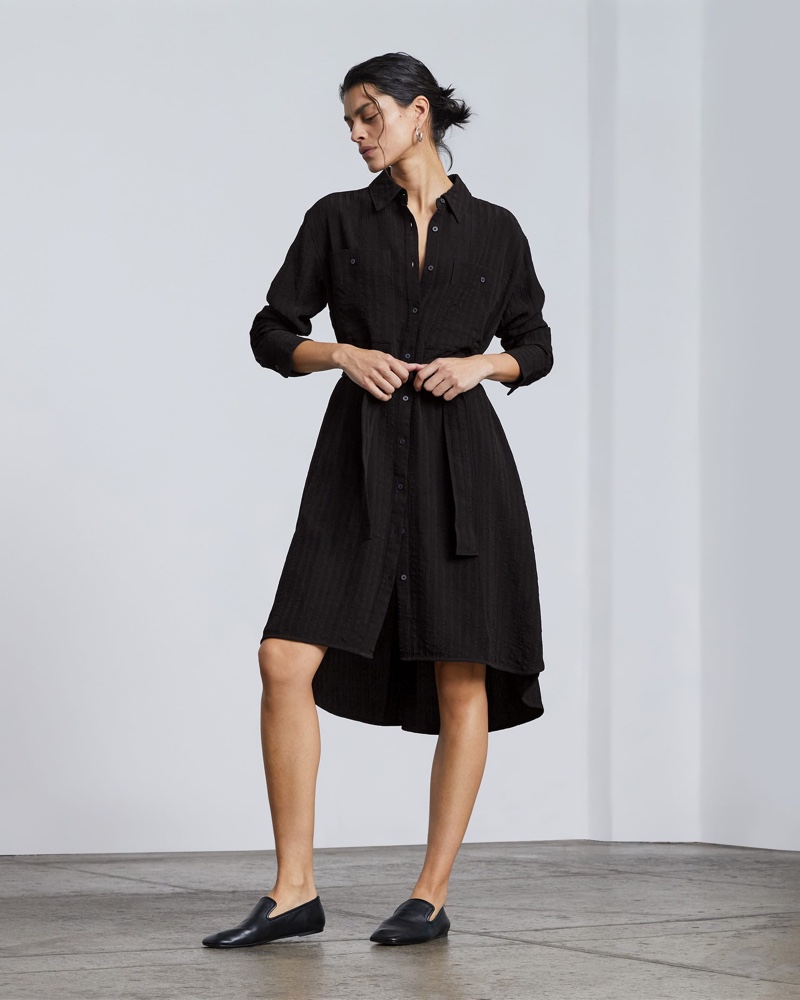
- Tops: Choose blouses, collared shirts, or sophisticated knit tops. Avoid overly casual T-shirts.
- Bottoms: Tailored pants, dark jeans without rips, or knee-length skirts are excellent choices.
- Outerwear: Blazers, tailored jackets, or elegant cardigans can elevate your look.
- Dresses: A simple, well-cut, not-too-formal dress is perfect for smart casual. You can never go wrong with a little black dress.
Accessorizing Smart Casual
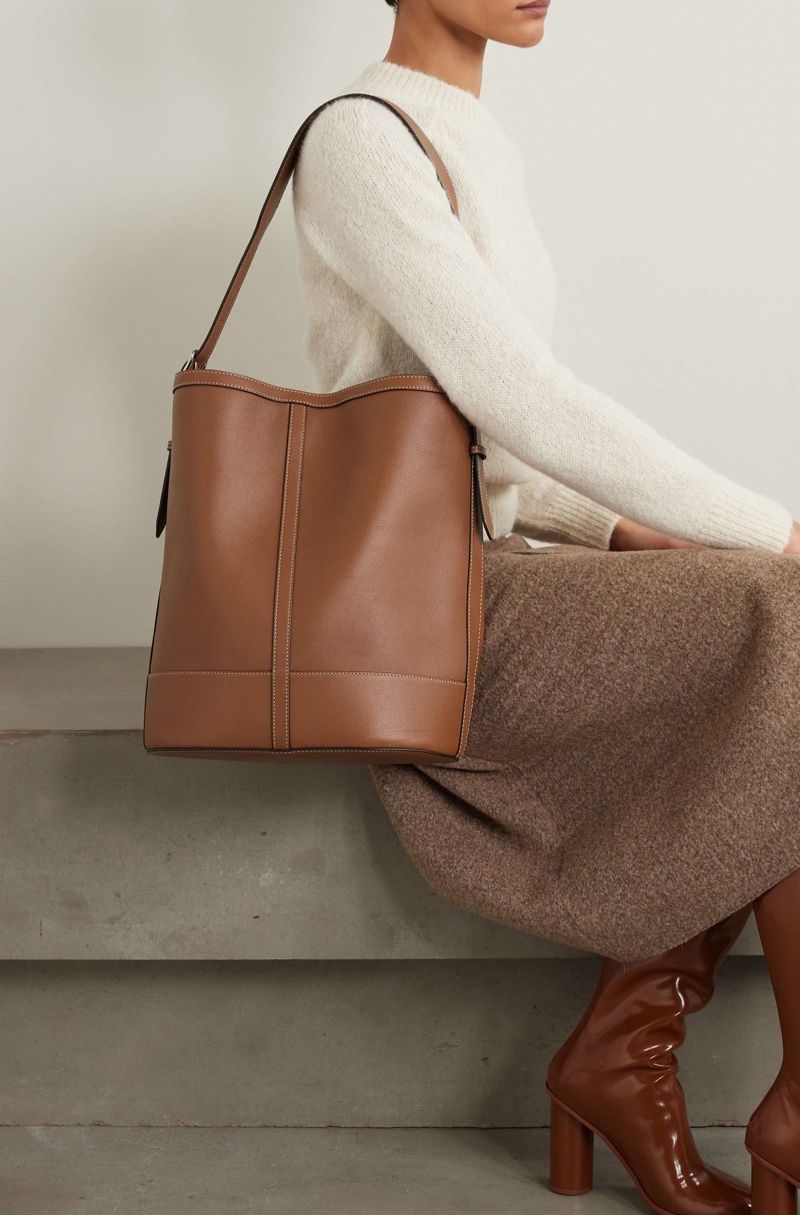
- Jewelry: Opt for elegant pieces that aren’t too flashy. Stud earrings, pendant necklaces, and charm bracelets work here.
- Shoes: Heeled boots, stylish flats, or clean, minimalistic sneakers can complement your outfit.
- Bags: A structured handbag or a sleek tote can add a professional touch.
Business Casual: Professional Yet Relaxed
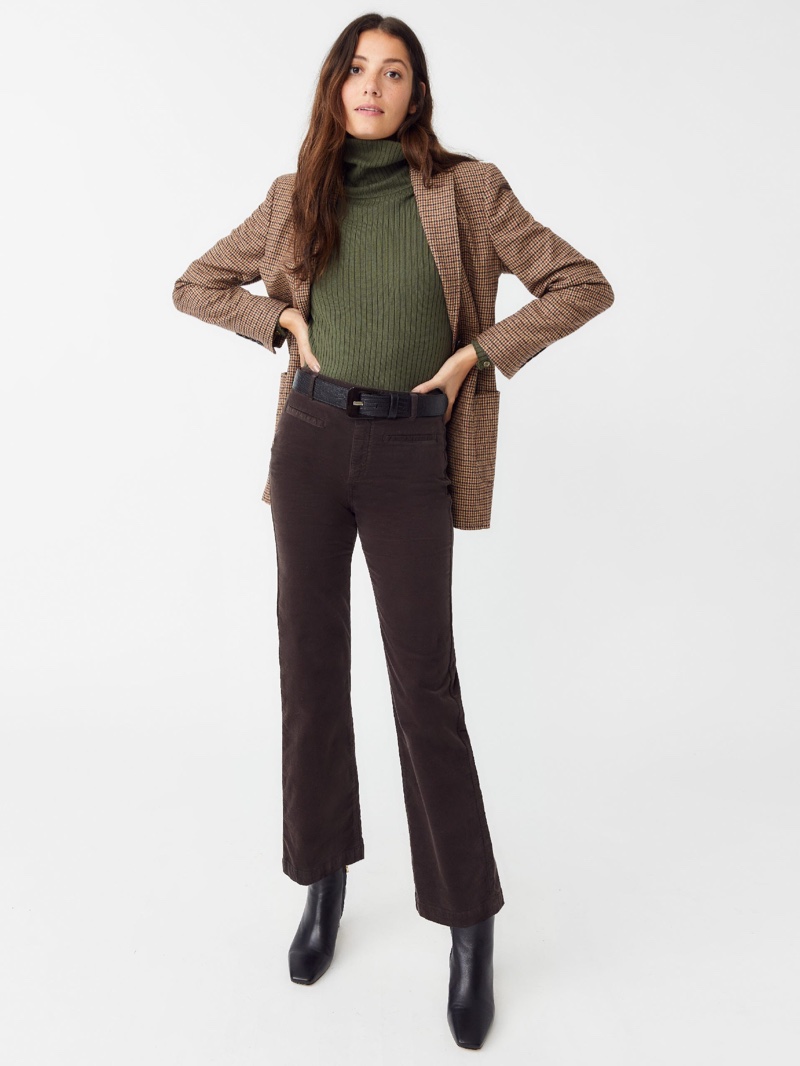
Business casual strikes a balance between formal and casual, creating a professional look that’s not overly stiff. It’s a common dress code in modern workplaces, offering flexibility while maintaining a professional appearance.
This dress code leans more towards the professional side but with a relaxed touch. It’s less formal than traditional business wear but more polished than casual attire. Business casual is ideal for most office environments, business luncheons, or everyday professional life.
Clothing Choices
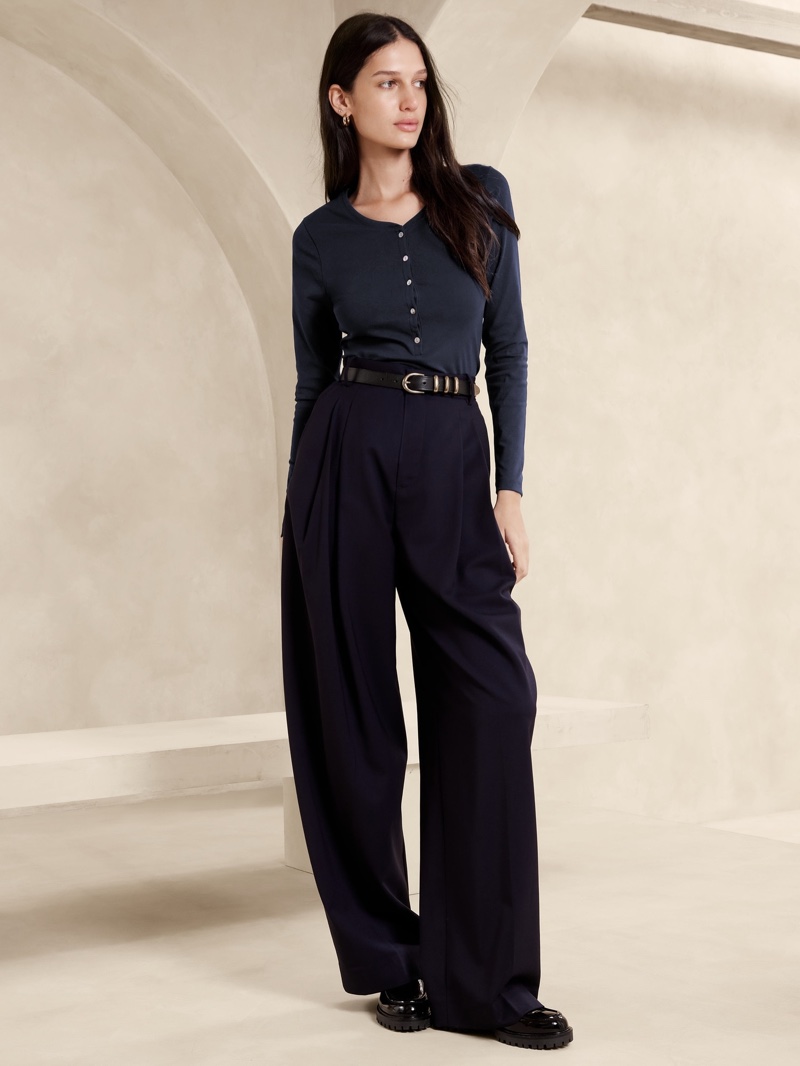
- Tops: Blouses in relaxed fabrics like silk, cotton, or chiffon are perfect. They can be paired with tailored pants or knee-length skirts. Avoid overly casual tops like T-shirts or tank tops.
- Bottoms: Tailored pants, pencil skirts, or even conservative-length dresses fit well in this category. Dark-wash jeans can sometimes be acceptable, depending on the workplace.
- Dresses: A modest dress in a simple cut works well. Avoid anything too flashy or informal.
Footwear & Accessories
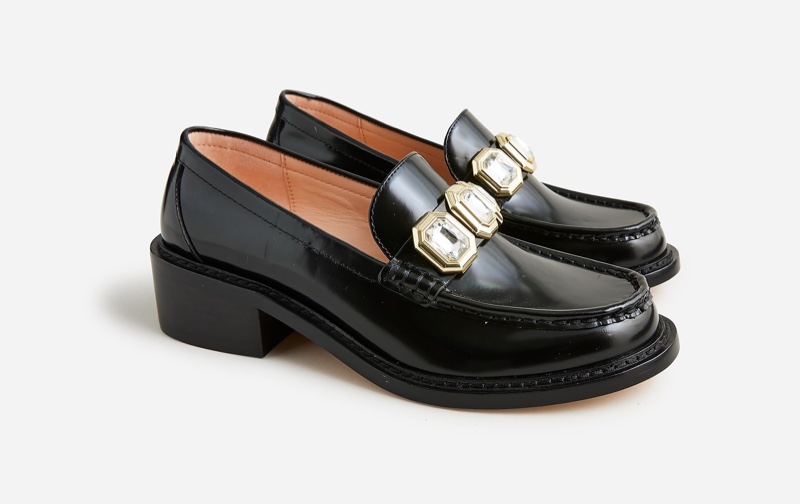
- Shoes: Closed-toe heels, flats, or polished boots are appropriate. Avoid overly casual footwear like sneakers or flip-flops.
- Accessories: A statement necklace, a pair of stud earrings, or a classic watch can add personality to your outfit. Handbags should be structured and professional-looking like a medium-sized tote.
Cocktail Attire: Elegance & Fun
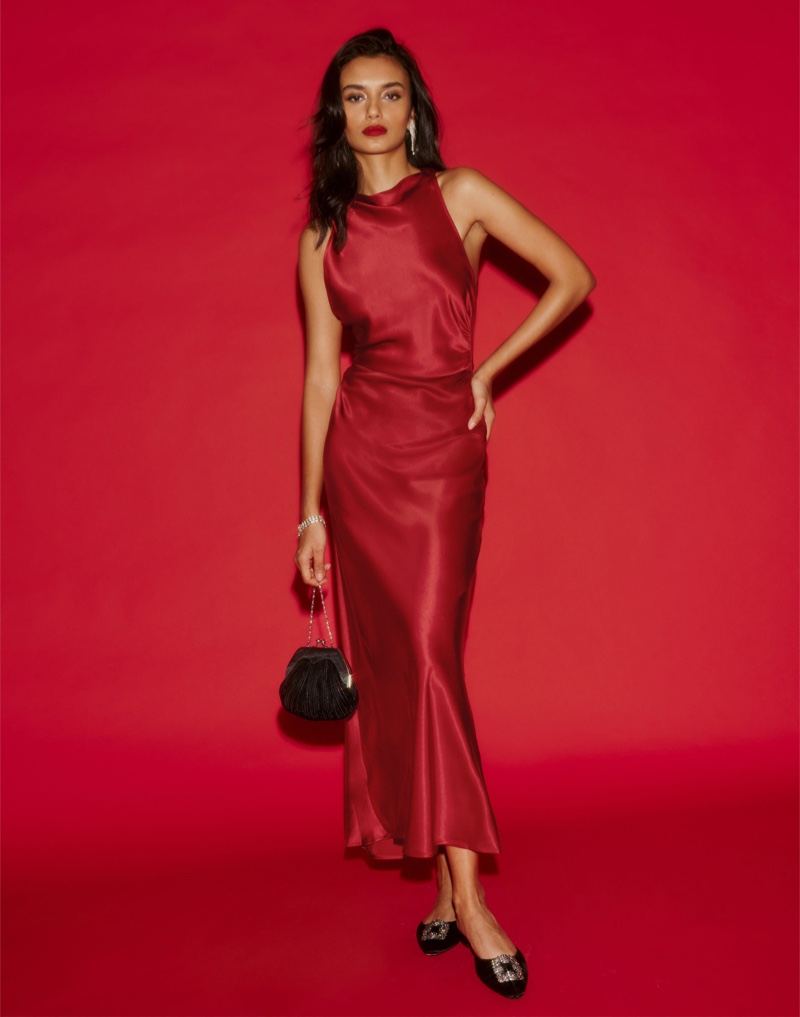
Cocktail attire is the embodiment of fun and elegance, perfect for parties, receptions, and certain social functions. It’s dressier than daywear but not as formal as black-tie attire.
Dress Selection
- Length & Style: Dresses should be knee-length or a little above. Think elegant sheath dresses, flirty A-lines, or sophisticated wrap dresses.
- Neckline & Sleeves: Choose a neckline that flatters your figure. Sleeveless, cap sleeves, or even a subtle long sleeve can work well.
Accessories
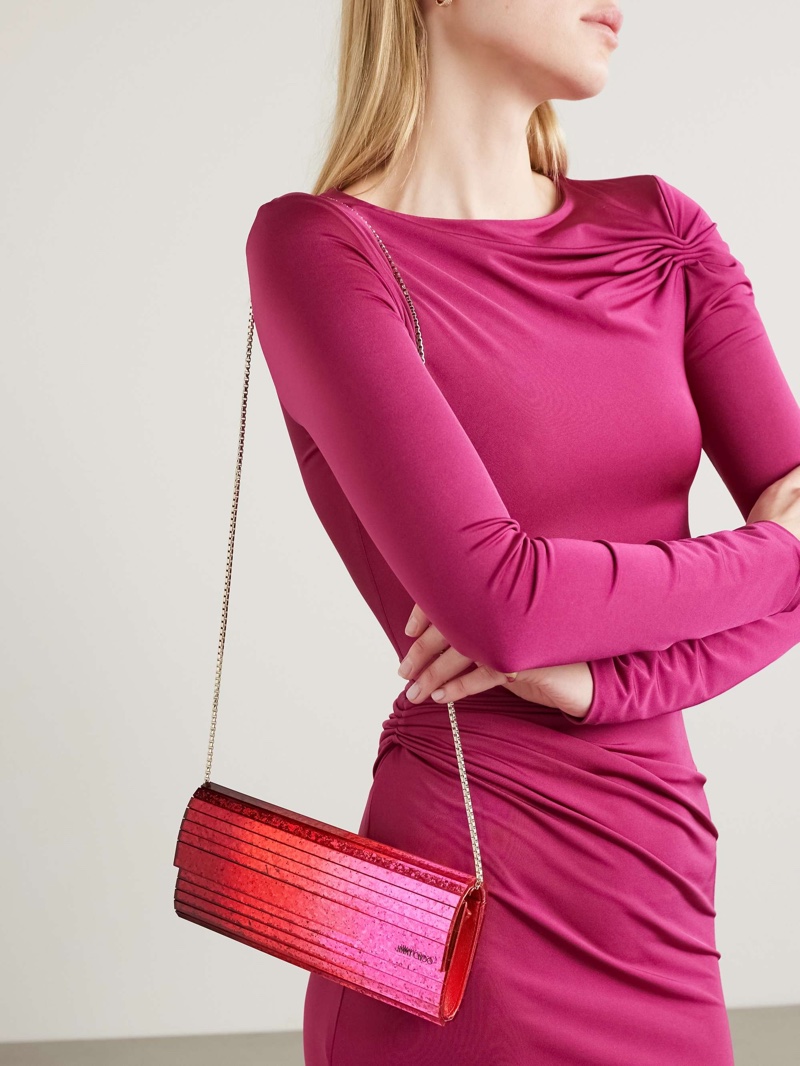
- Jewelry: Cocktail attire is the perfect occasion for a bit of sparkle. Statement pieces or delicate jewelry both work, depending on the outfit.
- Shoes: Heeled pumps, strappy sandals, or elegant flats are suitable. The key is sophistication and a touch of glamour.
- Evening Clutches: Opt for a small, chic clutch to carry essentials. It should complement your outfit and add an extra touch of elegance.
Semi-Formal: Sophistication & Style
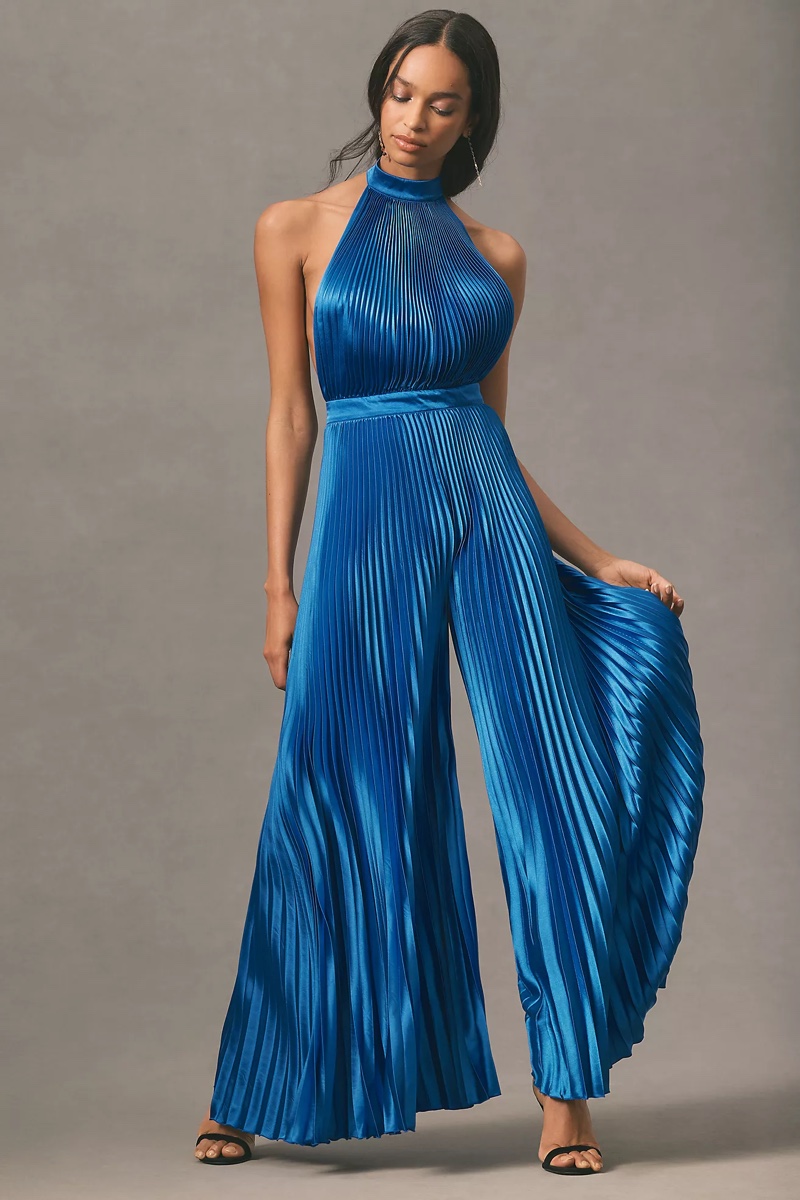
Semi-formal attire is a notch above cocktail wear, requiring a higher level of sophistication. It’s perfect for events like weddings, formal dinners, and certain parties where you need to look elegant but not as dressed up as black-tie events.
Outfit Recommendations
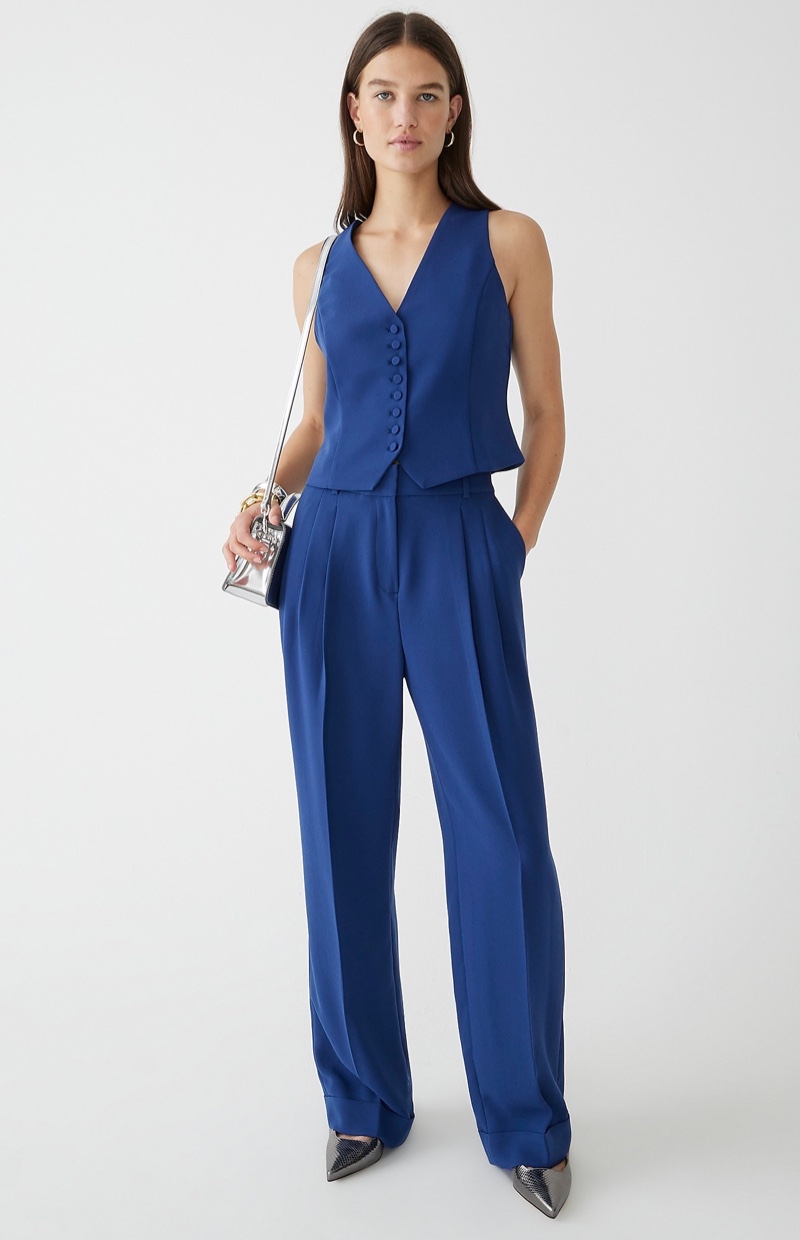
- Dresses: Opt for knee-length or midi dresses that are elegant and well-fitted. Fabrics like satin, lace, or chiffon add a touch of luxury.
- Jumpsuits: A tailored jumpsuit can also be a chic semi-formal option, especially in luxurious fabrics or with elegant detailing.
- Skirts & Tops: Pair a sophisticated skirt with a silk blouse or a fine knit for a polished look.
- Suiting: A relaxed suit can be worn for those who prefer pants.
Accessorizing
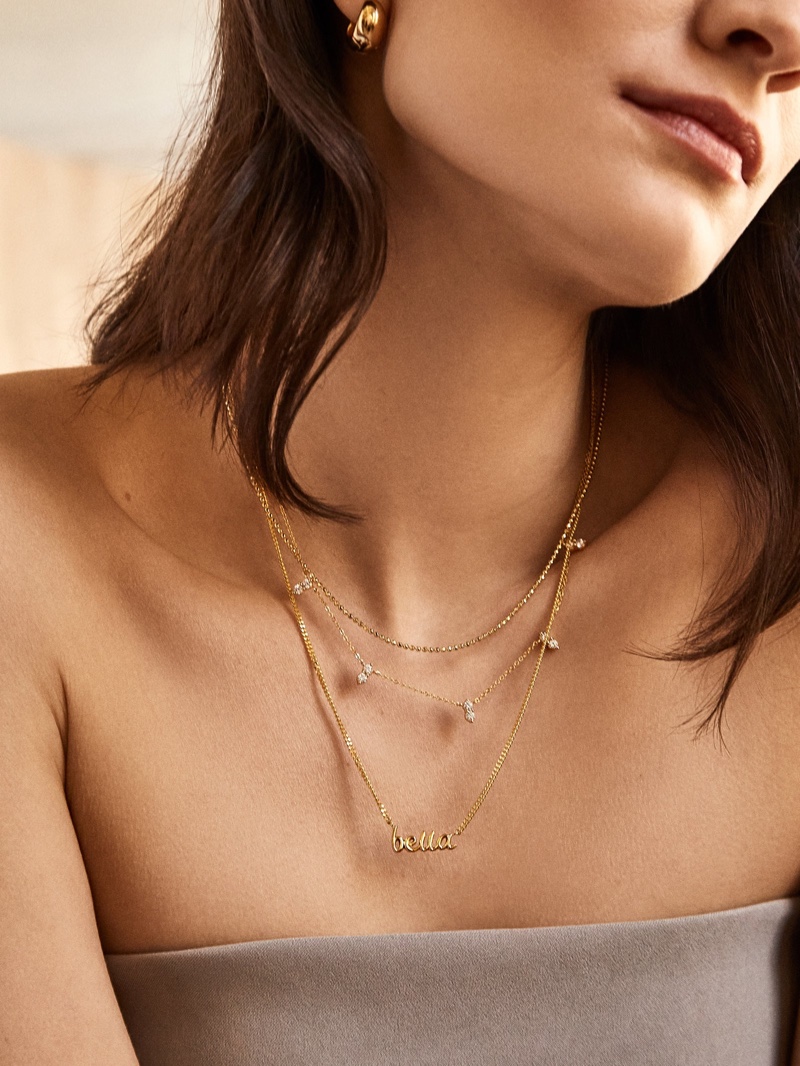
- Jewelry: Choose pieces that are elegant but not too flashy. Pearls, simple pendants, or tasteful earrings can complement your outfit beautifully.
- Shoes: Heeled sandals, pumps, or sophisticated flats are ideal. They should be elegant and match the formality of your outfit.
- Bags: A small evening bag or a clutch that matches your outfit is perfect for carrying essentials.
Festive Attire: Celebratory & Chic
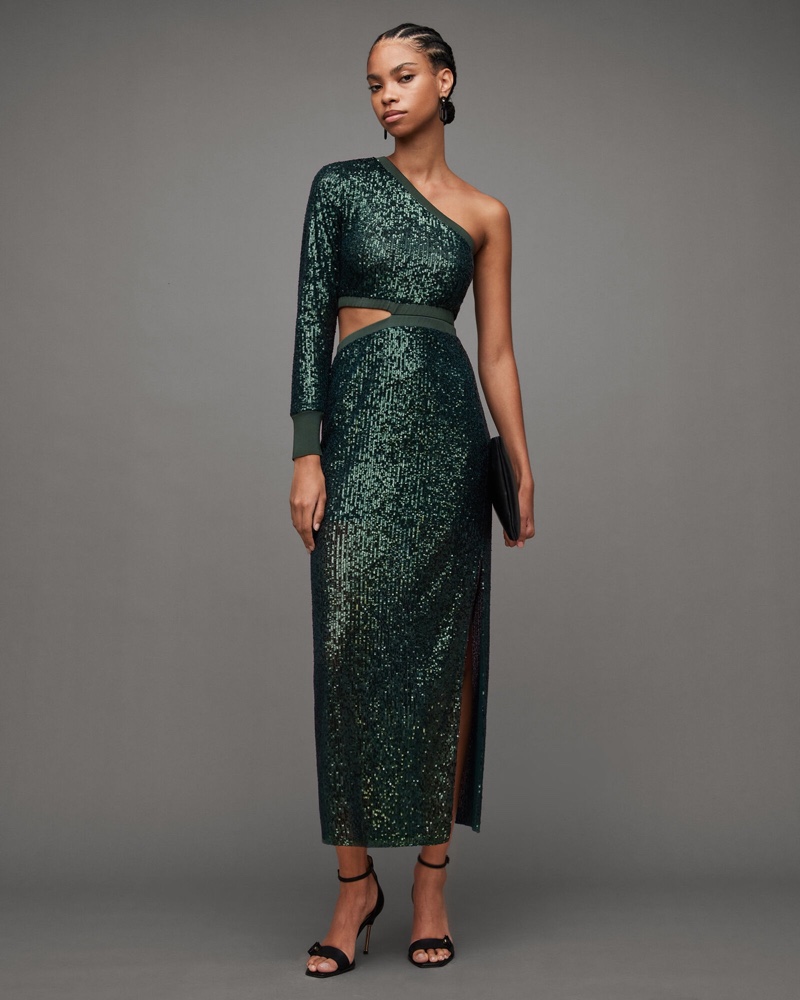
Festive attire is a unique and fun dress code, often seen during the holiday season or at themed parties. It’s about embracing the celebratory nature of an event while still looking stylish and put-together.
Fun Elements
- Colors & Patterns: Choose outfits with bold colors, festive patterns, or a bit of sparkle. Think reds, greens, or metallics for a holiday party.
- Textures: Fabrics like velvet, satin, or lace can add a festive touch to your outfit.
- Themed Accessories: Depending on the occasion, add themed accessories like a sparkly brooch, a festive scarf, or even a tasteful headpiece.
Styling Tips
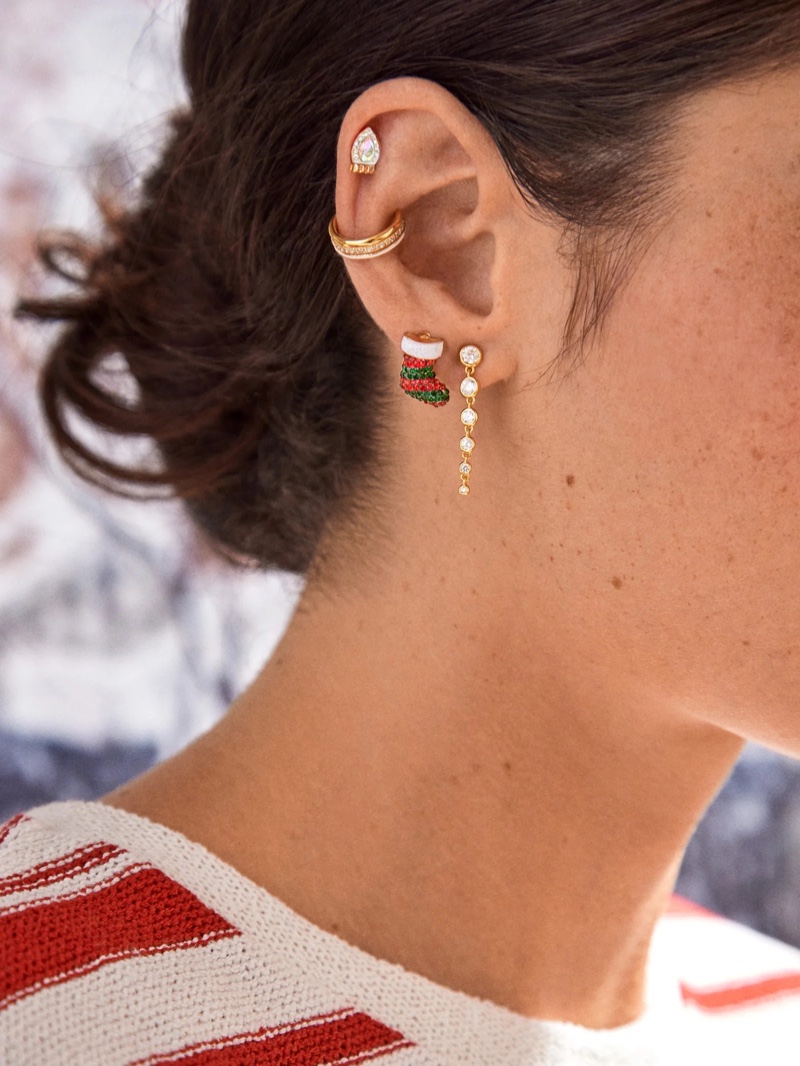
- Balance: While it’s a time to be playful with your fashion choices, maintaining a balance is key. If your dress is bold, keep your accessories more subdued, and vice versa.
- Footwear: Choose shoes that are both stylish and appropriate for the occasion. Metallics or embellished shoes can add a festive touch.
- Outerwear: If it’s a winter event, consider a stylish coat or shawl that complements your festive look.
Formal: Elegance Redefined
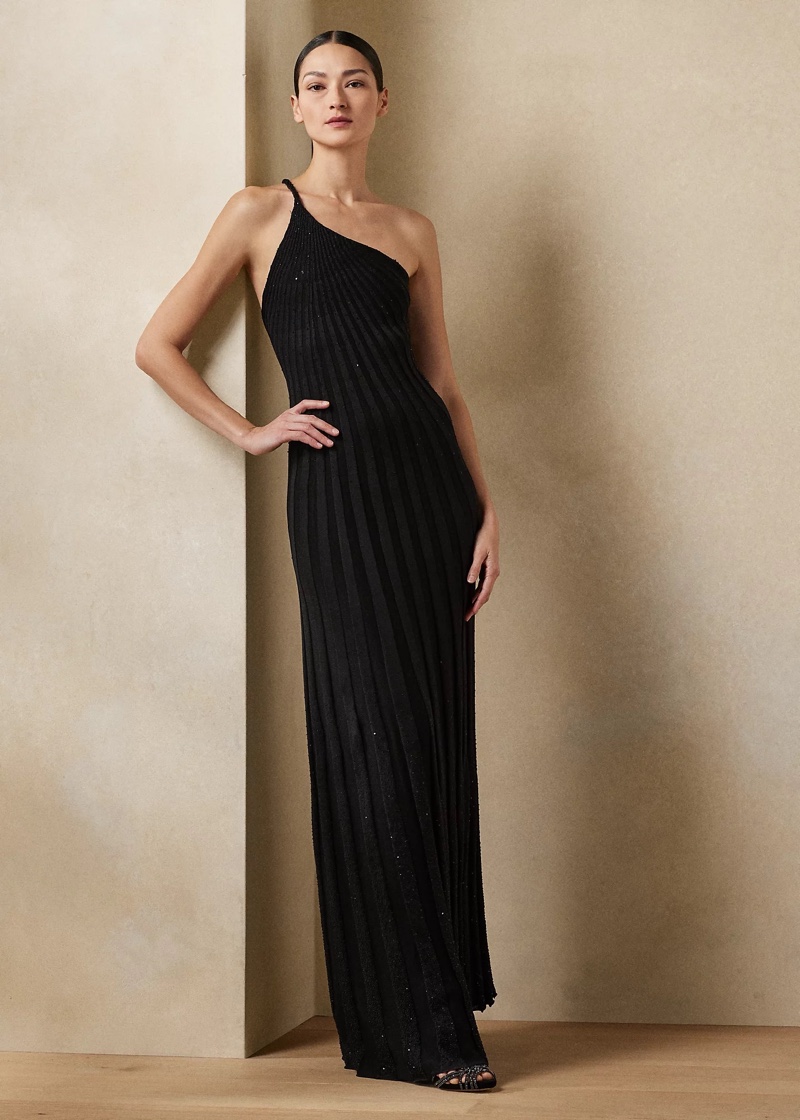
Formal attire, often referred to as black tie optional, is a step into the world of high sophistication and elegance. It’s typically required for galas, upscale weddings, and certain social gatherings where a significant degree of formality is expected.
Gown Guidance
- Long Gowns: Floor-length gowns are a classic choice for formal events. They exude elegance and ensure you’re dressed appropriately for the occasion.
- Formal Dresses: A sophisticated cocktail dress can also be appropriate if you opt out of a long gown. Look for dresses with luxurious fabrics and elegant cuts.
- Color & Fabric: Choose rich, deep colors or classic neutrals. Fabrics like silk, satin, or tulle add a touch of luxury and formality.
Accessorizing
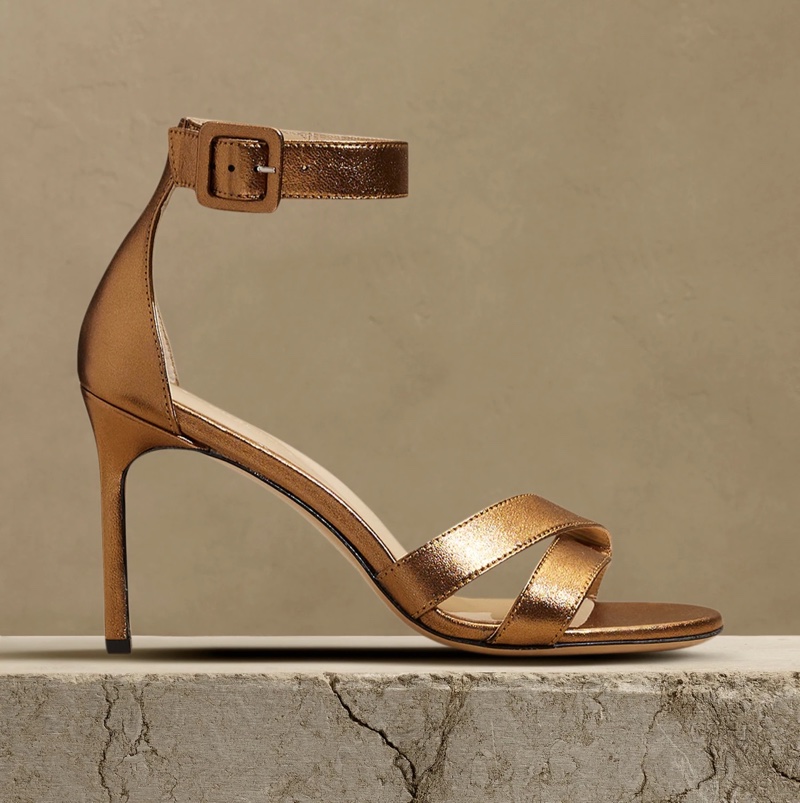
- Jewelry: This is the time for your more exquisite pieces. So think of diamonds, white pearls, or elegant gemstones.
- Shoes: Opt for high-heeled pumps or elegant sandals. Ensure they complement your dress both in color and style.
- Evening Bags: A small clutch or a delicate evening bag is perfect for carrying your essentials.
Black Tie: The Height of Special Occasion
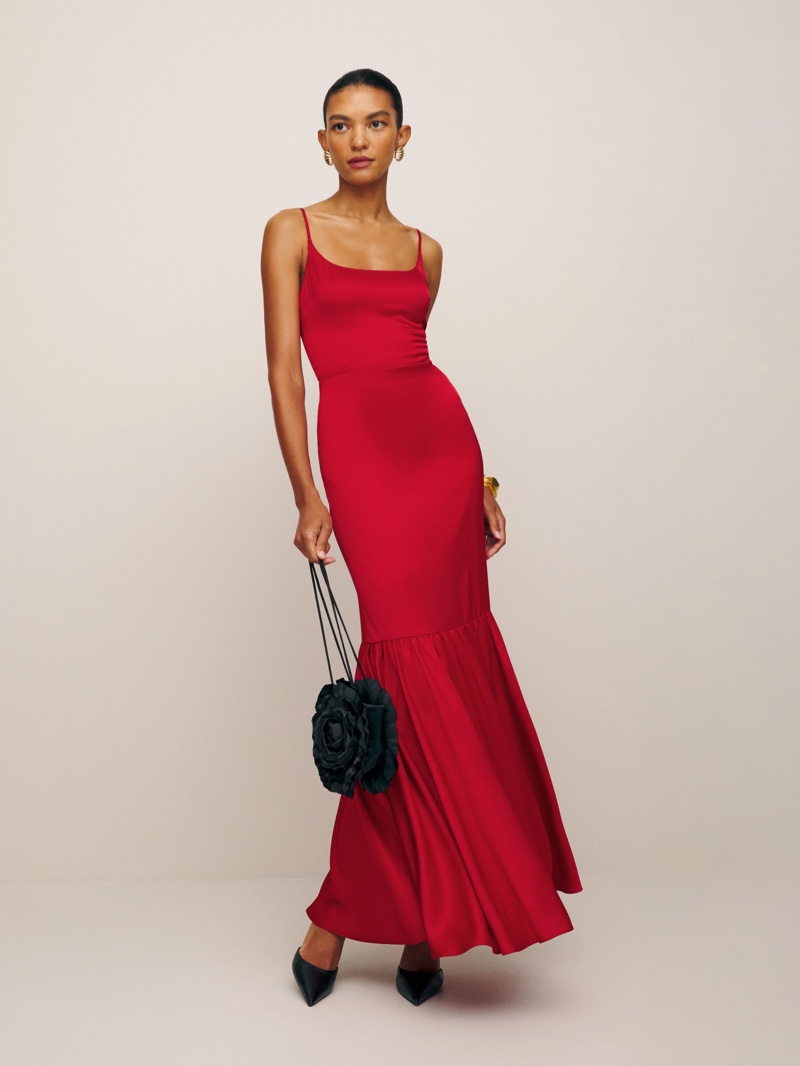
Black tie is the epitome of formal attire, embodying sophistication and tradition. It’s reserved for the most formal events, such as balls, formal weddings, and high-end social gatherings.
In a black-tie setting, women are expected to wear formal, floor-length evening gowns. Although, suits are acceptable for those who prefer pants. It’s a chance to showcase elegance and grace in your most sophisticated attire.
Selecting Evening Gowns
- Style: Choose a gown that flatters your figure. Classic silhouettes like A-line, mermaid, or ball gown styles are timeless.
- Fabric: Luxurious fabrics like velvet, silk, or lace add to the grandeur of the occasion.
- Color: While black is a classic choice, don’t shy away from rich colors or even subtle patterns as long as they maintain an air of formality.
Accessorizing
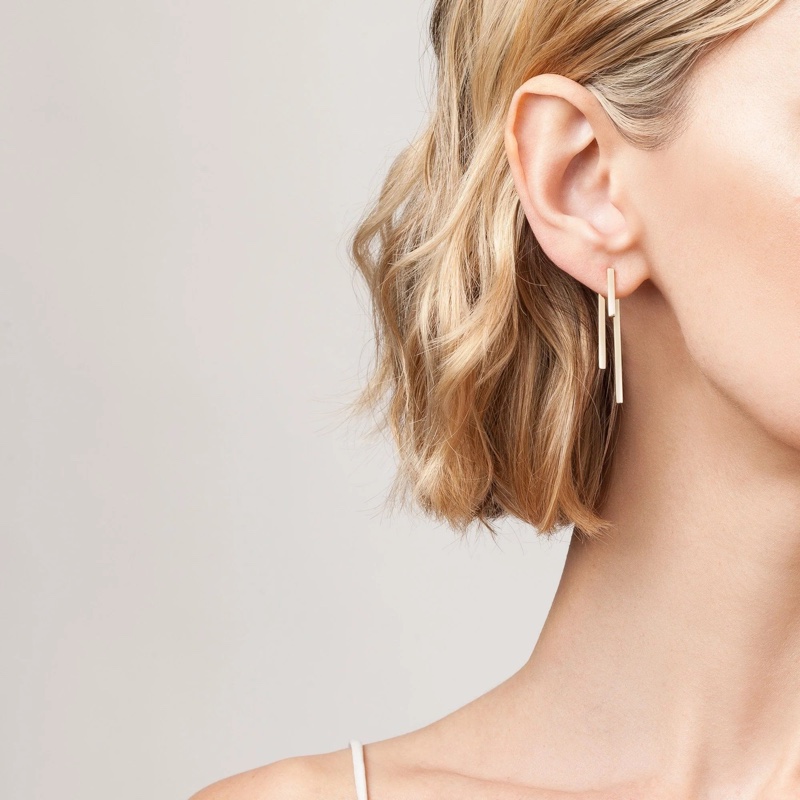
- Jewelry: Select refined and elegant jewelry. This is an occasion for your most impressive pieces, but remember, less can be more.
- Shoes: High heels in a material that complements your gown are ideal. They should be both stylish and suitable for a formal event.
- Evening Bags: A sophisticated clutch that matches your dress will complete your outfit.
White Tie: Formality & Tradition
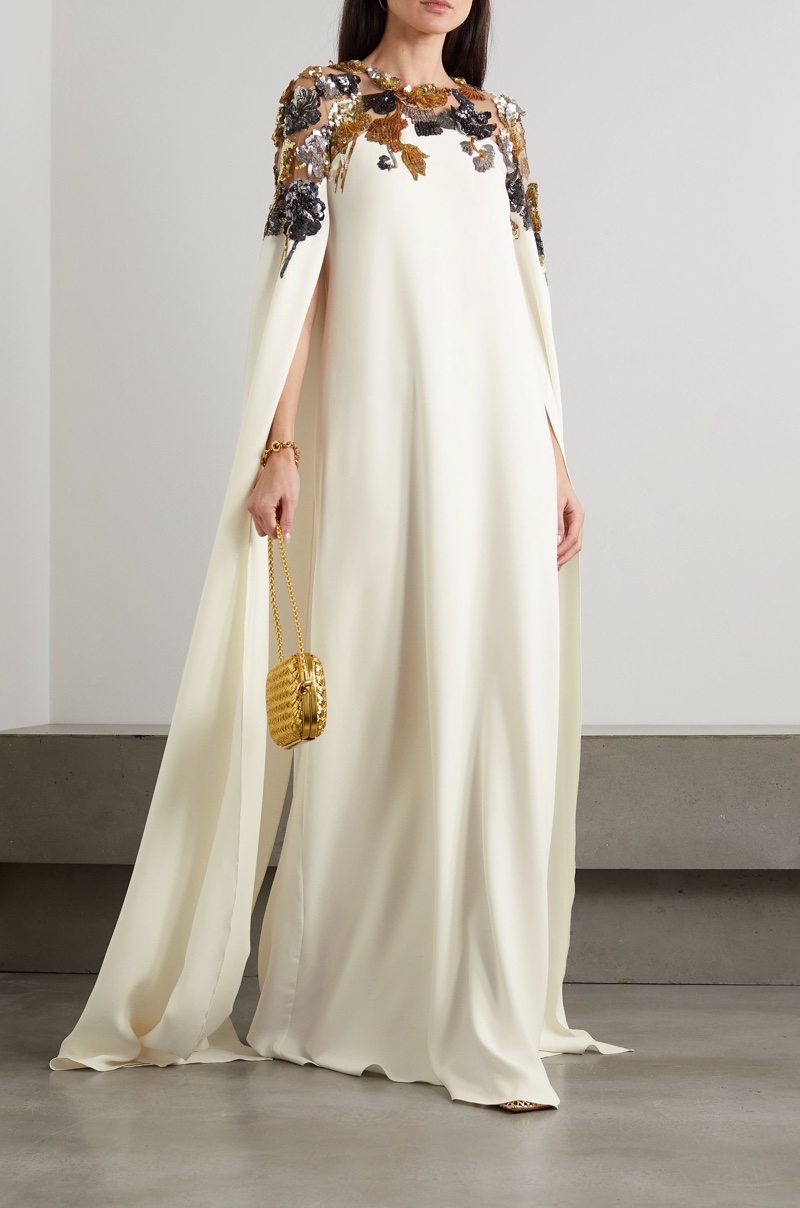
Ascending to the pinnacle of formal dress codes, white tie events represent the highest standard of formal attire, surpassing even black tie in terms of formality and sophistication.
Reserved for the most ceremonial occasions like state dinners, royal events, and grand balls, white tie attire is steeped in tradition and requires strict adherence to its guidelines.
The Attire
- Gowns: The cornerstone of white tie attire for women is a full-length ball gown. Or a dress with a dramatic cape or train in fabrics like silk, satin, or tulle stands out.
- Color & Embellishments: While classic colors like black, navy, and deep jewel tones are traditionally favored, softer hues can also be appropriate. Embellishments, if any, should not overpower the elegance of the gown.
- Neckline & Sleeves: Gowns with a demure neckline, such as a boat neck or a sweetheart, are preferred. While sleeveless gowns are common, options with cap sleeves or even long sleeves can be equally appropriate.
Accessories & Finishing Touches
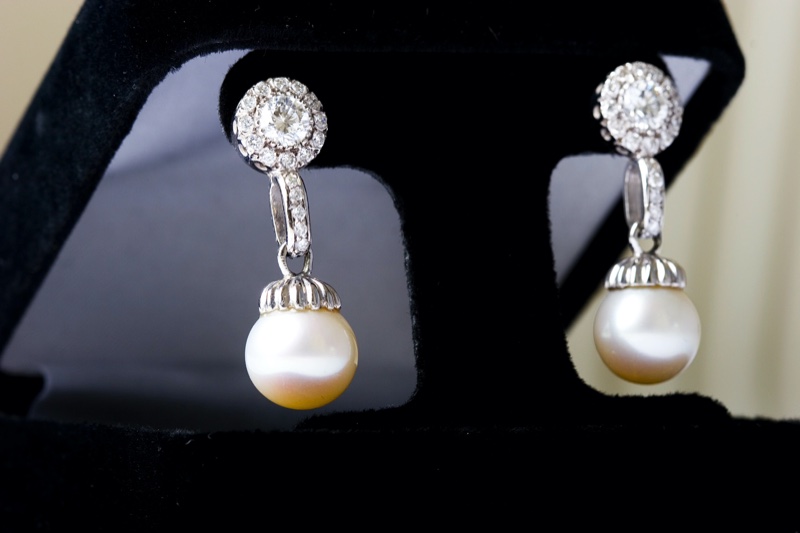
- Jewelry: White tie events are the occasion to bring out your most exquisite jewelry. Think of tiaras, elegant necklaces, and chandelier earrings.
- Shoes: Choose high-heeled shoes that complement the gown. You can also wear embellished flats.
- Gloves: Long gloves, typically extending past the elbow, are a classic accessory. They should match the color of the gown or be in a neutral tone, like white or black.
Common Mistakes to Avoid
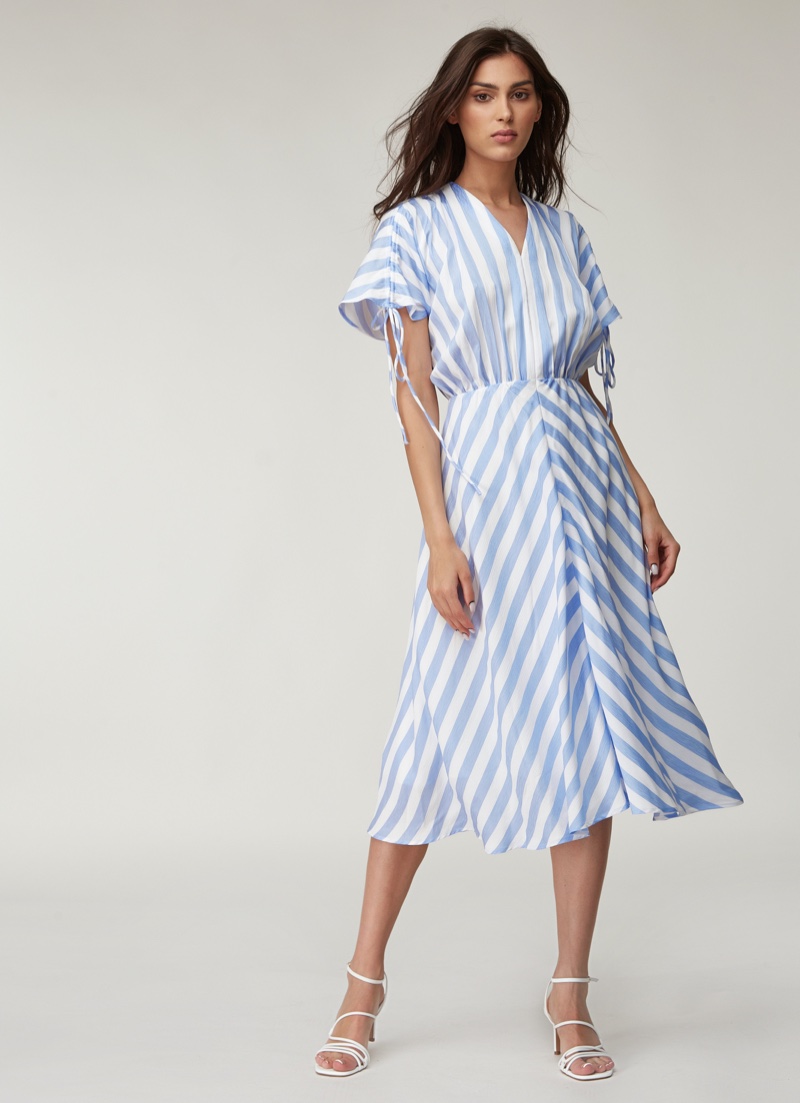
Overdressing or Underdressing
Striking the right balance in your attire is crucial. Both overdressing and underdressing can make you feel out of place and potentially disrespect the occasion.
- Research the Venue: The location of the event can give you clues about the appropriate level of dress.
- When in Doubt, Ask: If you’re unsure about the dress code, asking the host or other attendees is perfectly acceptable.
- Err on the Side of Caution: If you’re still in doubt, it’s generally better to be slightly overdressed than underdressed.
Ignoring the Invitation
The invitation is your best guide to understanding the expected dress code. Ignoring it can lead to inappropriate attire choices.
- Look for Specific Terms: Words like “black tie,” “cocktail attire,” or “casual” are indicators of the expected dress code.
- Consider the Event Type: Weddings, galas, and corporate events usually require more formal attire, while birthday parties and casual get-togethers are often less formal.
- Time of Day Matters: Evening events typically call for more formal attire than daytime events.
Fashion for Every Occasion
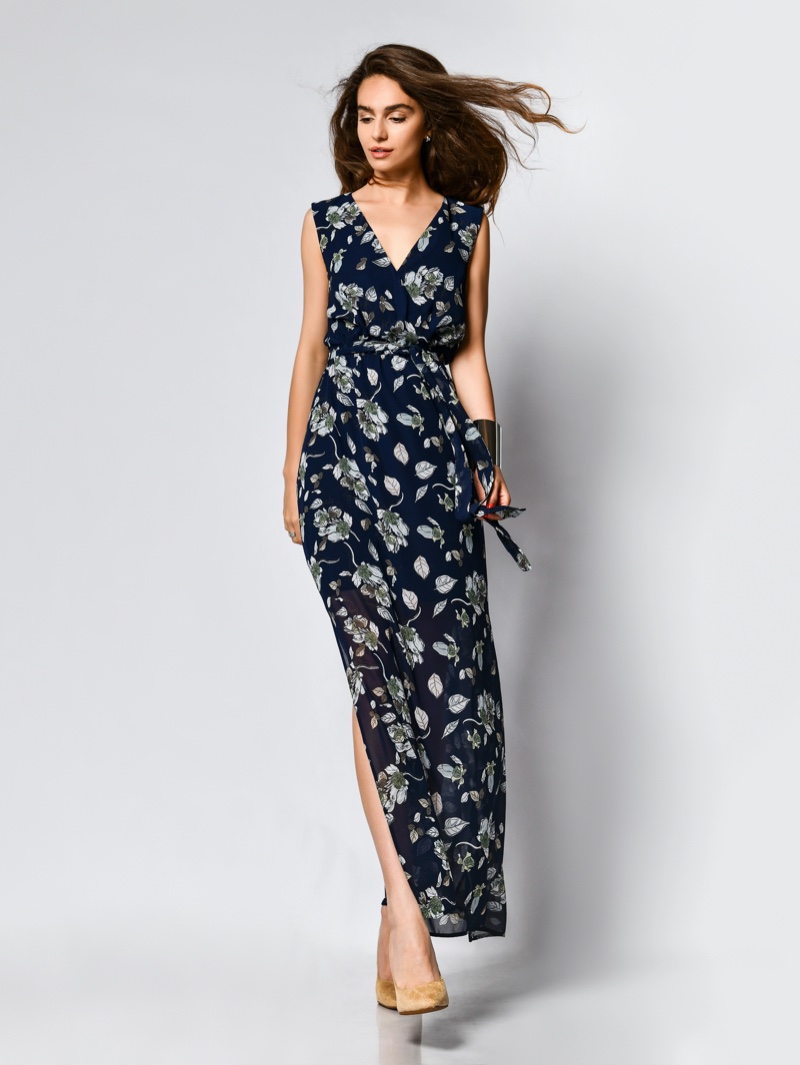
Deciphering the types of dress codes can be simple and stylish. Each style offers a chance to express yourself from casual comfort to black-tie elegance. Remember, the right outfit boosts confidence and respects the occasion.
Curate versatile pieces: a smart blazer for business and casual events, a versatile dress for cocktail and semi-formal gatherings. Focus on details since the right accessory can upgrade your look.
Fashion is deeply personal, so let your individuality shine within each dress code. Dress to reflect your unique style while keeping the look suitable for the occasion.

